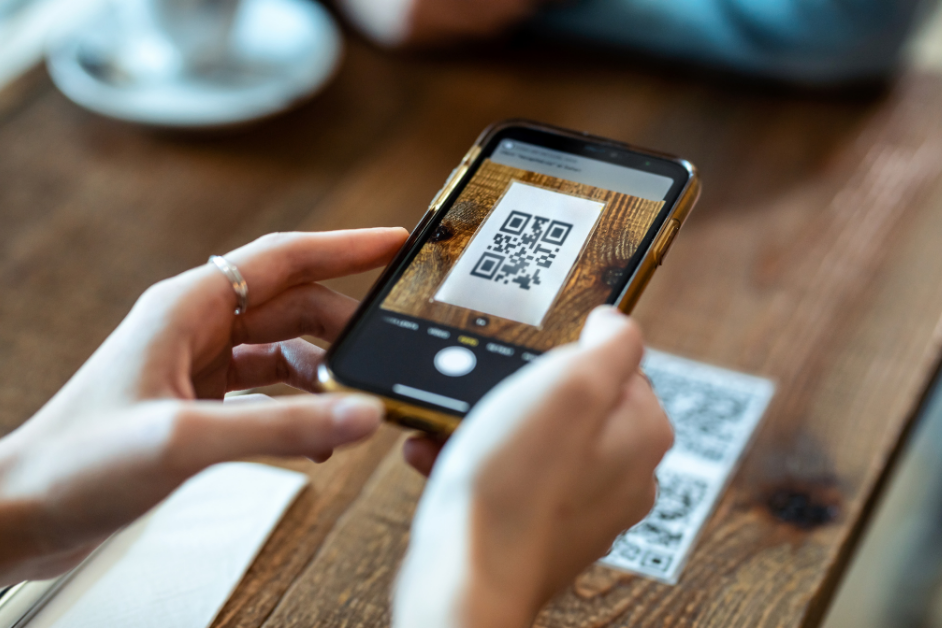Restaurants are forced to temporarily close or cut their working hours.
Reopening should have been a peak time for restaurateurs to make up for lost revenue during the COVID-19 lockdowns. In reality, restaurant owners and remaining staff are still struggling to keep businesses up and running.
Even though seating demand is where it was pre-pandemic, labour shortage is currently preventing the restaurant industry from fully recovering.
What are the main issues that restaurants have to tackle after the lockdown period?
"We never closed down, but rather tried to keep as many people as possible working during the pandemic. But we have noticed that opening new restaurants during the pandemic has proved to be challenging. Especially when it came to hiring floor staff. We have never had such high revenue, and that has made it extra challenging in terms of staffing. The solution, we found, was to work smarter with available technology.” says Jan Abrahamsen, COO of Sumo Restaurants.
Jan has been working as a restaurateur for over 30 years and considers the staff shortage caused by the global pandemic one of the biggest challenges the industry has seen.

Restaurant industry struggle with labour shortage
Why is recruiting new staff such a big challenge?
There are two main reasons for the shortage of labour. First, many former chefs and waiters found jobs in other industries and don’t plan on returning to hospitality. Second, entry restrictions to Norway limited the extra staff restaurateurs would usually hire for the busy summer period.
In the end, restaurant owners have no other choice but to hire inexperienced candidates. Due to lack of time, staff would often not be trained or on-boarded properly, leading to poor customer service and frustrated dinners.
How can restaurateurs navigate the labour crunch?
We turned to one of the industry’s experts, Andy Chen, to discuss this matter. Andy Chen is the CEO of Quickorder. After the merger with Weorder, a leading online ordering and loyalty-based CRM systems, Quickorder has turned into one of the most advanced SaaS systems for restaurants in the Nordics.

Andy Chen - CEO of Quickorder
Andy, with the labour shortage being at an all-time high, how do you see the future of the restaurant industry?
“The pandemic aggravated labour shortages in most industries. Hospitality and restaurants were hit hard, however, I believe that the solution is hiding in plain sight. It’s simply an open mind to utilize technology that can make human labor more efficient and be the safety net in the case where human staff are not available.
Your restaurant doesn’t need 20 new employees to handle rush hour. Your restaurant needs the right technology to optimize all daily operations and help your current staff reduce the time consuming tasks they have today. True hospitality is a “human + machine” modern reality and we believe human staff should continue to focus on hospitality, make the guests feel safe and good when returning to restaurants during/after Covid, and let software do the actual service - order taking and payment.
For example, by implementing online ordering, your staff will save time on running back and forth between tables and the kitchen. In addition, they will be freed up from tedious tasks such as taking orders for single items or bringing the bill to the table. All of this will allow your existing staff to handle a full house without compromising on the guest experience.”

Mobile ordering at restaurants
Mobile ordering is still seen as a controversial topic when it comes to the hospitality sector. Yet the option for self ordering offers convenience for the restaurant guests and has proven to increase both the bill size and loyalty.
"People order more and we turn tables faster when guests use the app to order. This is because guests don't have to wait for the waiter place an order or bring the bill to the table and service the payment manually. To wait for the bill is the worst thing a restaurant guest knows. Being present and offering the use of an online ordering app will give your restaurant 150% service rate over compared to one or the other alone. We handle rush-hour much better with help of this technology.", says Jan Abrahamsen in Sumo.
With labour shortage causing reduced working hours and low restaurant revenues, online ordering is becoming more and more attractive to restaurateurs who want not only to stay in business but grow their business as well.
Are you interested in learning more about mobile ordering? Visit Quickorder’s website and book a free consultation with an expert.